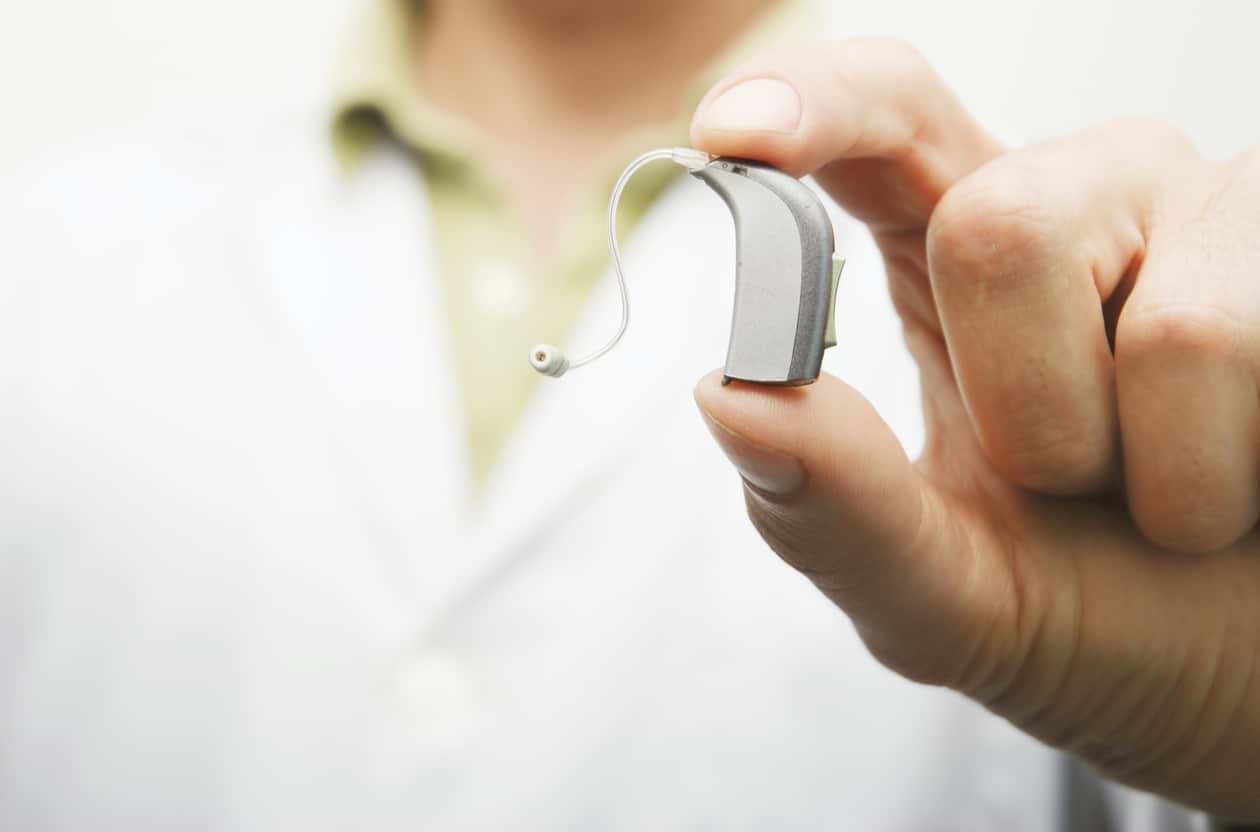Approximately 28.8 million U.S. adults could benefit from hearing aids. To get the most out of your hearing aids, it helps to understand what each part does. Let’s break down the different components and their functions.
The External Parts

The external parts of a hearing aid differ by style (in-the-ear, behind-the-ear, etc.) but can include:
- Body casing. The body casing covers the internal parts of a hearing aid. It may come in a variety of colors and sizes. Each hearing aid manufacturer offers a different body casing look.
- Buttons. Larger devices may come with external on/off and volume buttons on the outside. Smaller devices may not have manual volume control buttons. In those cases, you can operate them through a smartphone app.
- Wire. Behind-the-ear devices have a wire or tube that runs from the body to the speaker inside the ear.
- Earmold. Earmolds are small acrylic or plastic tips that fit snugly in the ear canal to seal in the sound delivered by the speaker. Earmolds are usually recommended for severe to profound hearing loss.
- Domes. Domes are small silicone or rubber tips that attach to the end of a hearing aid’s speaker or receiver. They are used in place of earmolds for patients with mild to moderate hearing loss.
The Internal Parts
The body of your hearing aid houses four crucial components:
- Microphone. The microphone picks up external sounds and sends them to the amplifier.
- Amplifier. The amplifier takes sound and raises its volume based on the severity of the wearer’s hearing loss.
- Speaker. The speaker takes the amplified sounds and sends them into the ear canal.
- Battery. The battery powers the device and may be either rechargeable or disposable.
In addition to the three main components, some devices come with a telecoil, or t-coil, which connects your devices to loop systems in public areas like Missoula theaters and concert venues.
By getting familiar with how your devices work, you’ll be better equipped to troubleshoot minor issues, communicate with your hearing aid specialist and take advantage of the advanced technology. To learn more about your hearing aids, contact Western Montana Hearing and Speech today to schedule an appointment with one of our specialists.